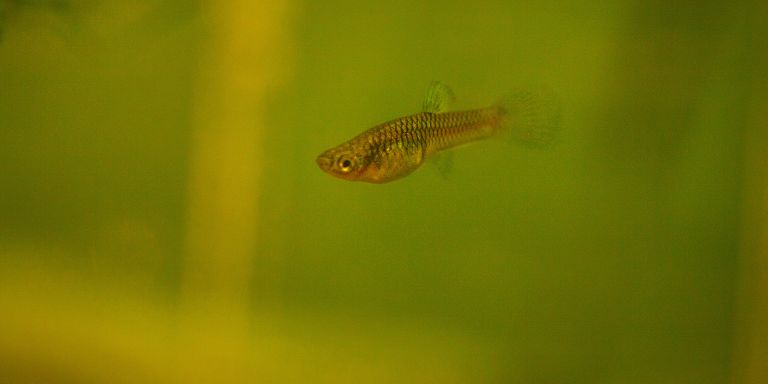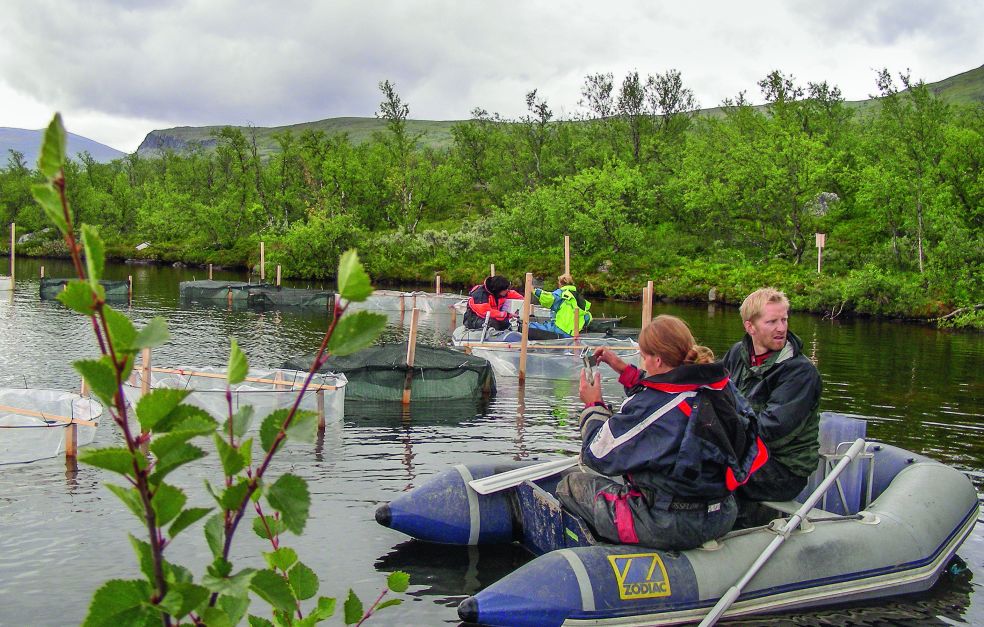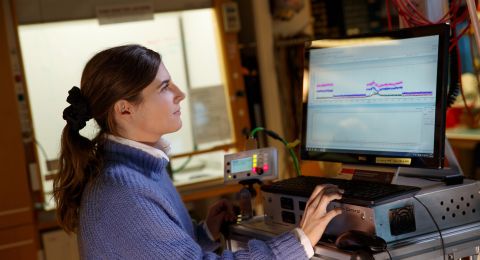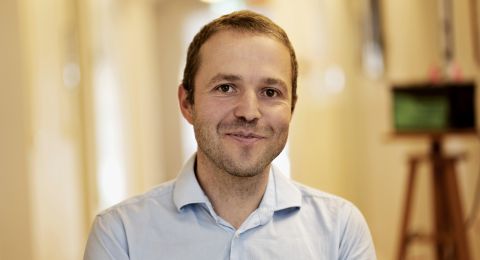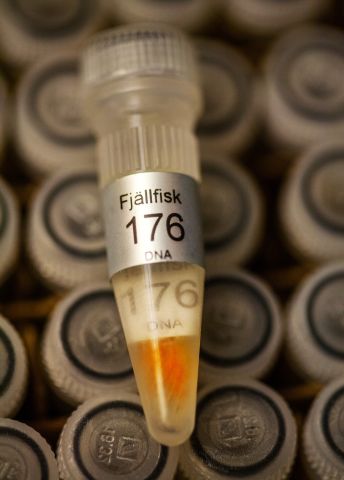
Project Grant 2016
Climate change induced regime shifts in Northern lake ecosystems
Principal investigator:
Jan Karlsson, Professor of Natural Geography, specializing in aquatic biochemistry
Co-investigators:
Umeå University
Åke Brännström
Ann-Kristin Bergström
Pär Byström
Richard Bindler
Sebastian Diehl
Xiao-Ru Wang
Linköping University
David Bastviken
Institution:
Umeå University
Grant in SEK:
SEK 36.9 million over five years
Northern Sweden has plenty of lakes. They are important to the ecosystem, and also mean a lot to all the people spending time out in nature. But lakes and rivers in the northern hemisphere are threatened by environmental changes caused by warming in the Arctic. In fall 2016 temperatures over the Arctic Ocean were much higher than in previous years.
Researchers at the Universities of Umeå och Linköping have been awarded a grant by the Knut and Alice Wallenberg Foundation to study how northern lakes are being impacted by a warmer climate.
“We believe that sudden changes will occur that will have major implications for fish stocks, and the exchange of greenhouse gases,” says project leader Jan Karlsson, who is Professor of Natural Geography, specializing in aquatic biochemistry, at Umeå University.
Sensitive ecosystems
Northern lake ecosystems work in a completely different way than those in many lakes at lower latitudes. They are very poor in nutrients. Fish feed on larvae, insects and small fish found at the bottom of the lakes.
A warmer climate may have a huge direct impact.
“Warming is expected to be particularly marked in northern latitudes. Since we have very sensitive ecosystems, significant changes may result, which may in turn have implications for the global carbon cycle,” Karlsson comments.
Rivers and streams will also be indirectly affected when greater quantities of organic matter from decomposing plants in surrounding areas leach out into lakes, rivers and streams. High levels of humus make the water murkier. Sunlight, which is needed for photosynthesis by plants living on the bottom, will find it hard to penetrate.
Much less food will be available to fish and other organisms. Decomposition of greater amounts of organic matter will also cause the lakes to release more greenhouse gases.
“These changes may be gradual and continue for decades. But if the Arctic permafrost thaws out, the process may accelerate. Large quantities of carbon are stored in frozen grounds in the north. There is much concern about what will happen when it thaws out and is released. Our mountainous areas are among the places that will be affected.”
Large-scale studies
Most of the studies are being conducted in mountainous and forested areas of northern Sweden, where the researchers are examining water and sediment samples from full-size lakes. Additional studies will be made in Siberia and Greenland.
“We are studying water temperature and inflow of nutrients and organic carbon from land. Both will increase in the future,” Karlsson explains.
A large-scale experiment involving artificial dams has been set up just outside Umeå. Year-round controlled experiments are being conducted in 20 systems.
“We’re pumping river water into the dams, where we can control the temperature. The results are compared with historical data from earlier changes in climate. Archives in the university’s basement house sediment samples that are up to 10,000 years old.”
The research team is also studying fish DNA to see how fish assemblages develop under different living conditions.
“We can find DNA from fish in sediment and reconstruct assemblages and quantities of fish during different periods,” Karlsson explains.
All data collected will be inputted into a dynamic ecosystem model that can be used to predict how fish quantities are impacted by environmental changes. The model can also be used to forecast greenhouse gas exchange in northern lakes of various types.
“The idea is that it can also serve as a tool in lake monitoring and fisheries management, for example to determine which lake systems are particularly sensitive to climate change, or how to conduct sustainable fisheries.”
The project takes the form of interdisciplinary collaboration between physicists, ecologists, biogeochemists and mathematicians.
“Researchers are not always used to the interdisciplinary approach, but it is absolutely essential. Climate impacts are so complex.”
Environmental collapse
Karlsson grew up in northern Sweden, and has loved fishing since he was a boy. Grayling and perch in small lakes, rivers and streams, herring and whitefish in the sea, Arctic char in the mountains. He is worried about what will happen to game fish like trout and Arctic char.
“A warmer climate will hit char really hard; it’s a fish that thrives in cold water. There is also a risk that other species will invade, outcompeting mountain fish species.”
Some landowners are sure to replenish fish stocks, but natural migration will also occur. Pike expand their range through connected aquatic systems. There is a risk of fish production halving within a few decades. Greenhouse gas emissions may increase many times over during the same period.
“We expect fairly drastic changes. They may be abrupt – we might even see collapses.”
The researchers are working with regional authorities to find new solutions for mountain fisheries. How should we fish, and how much?
“I’m sure we ought to be able to produce new guidelines so fisheries can survive in the best possible state,” Karlsson concludes.
Text Carin Mannberg-Zackari
Translation Maxwell Arding
Photo Magnus Bergström
